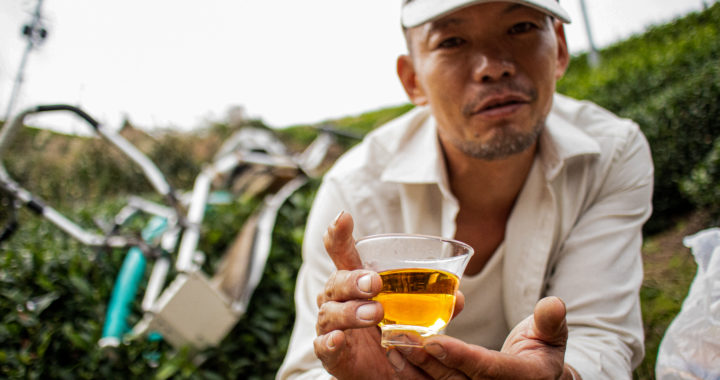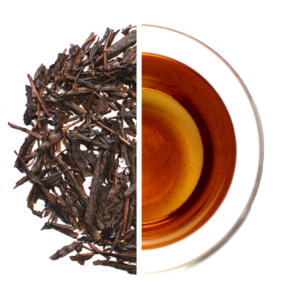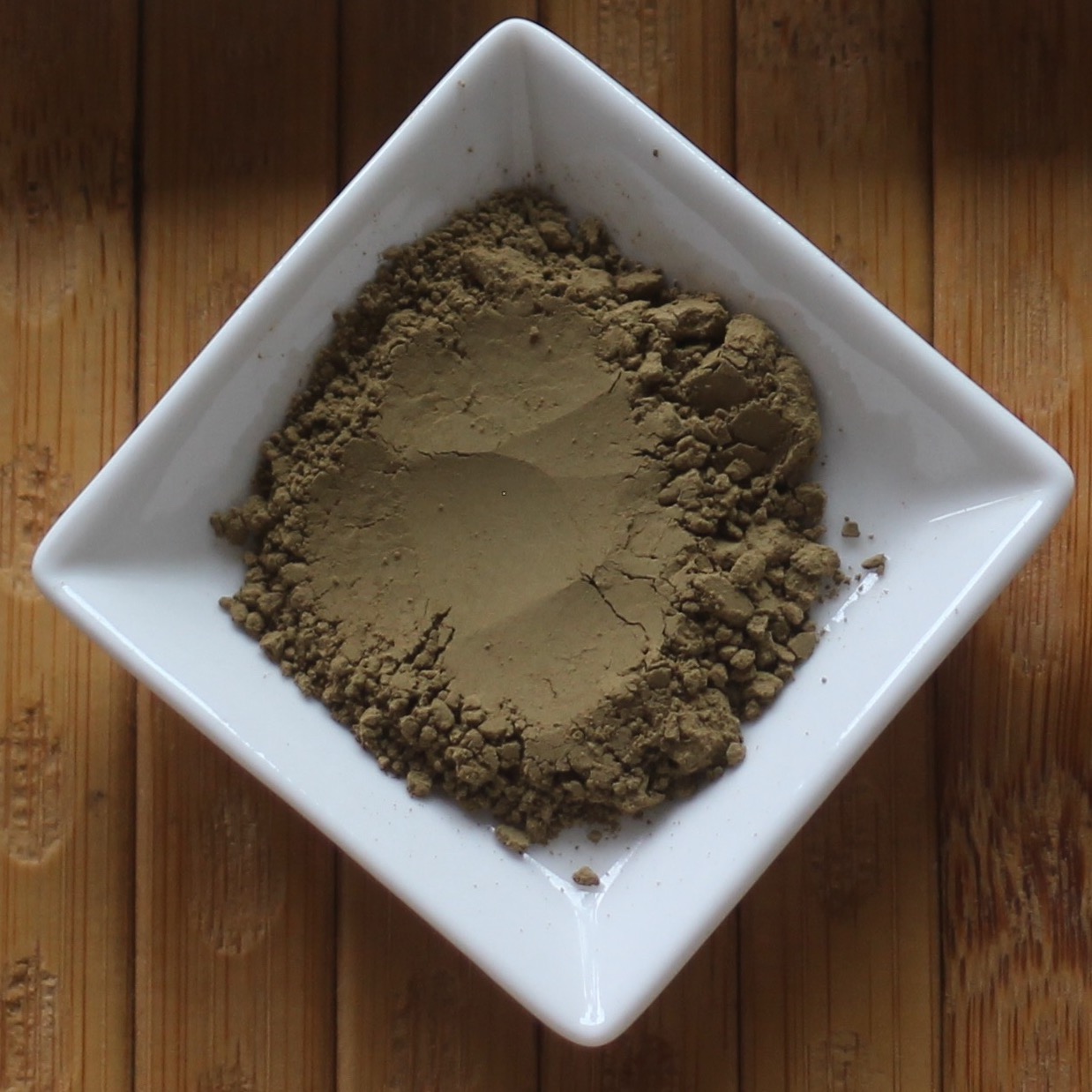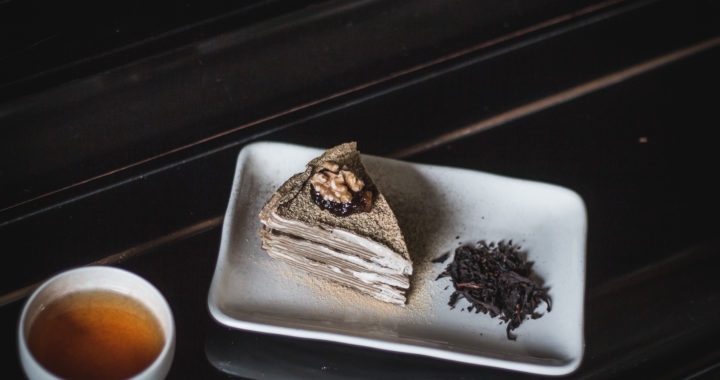When asked ‘What is your favourite tea?’, one tea which I find myself drinking every day is Hojicha it’s soothing, robust and always a good choice. I may be bias on my opinion for this tea, however, once you have tasted this tea you will feel the same I have no doubt!
Hojicha literally means roasted green tea. The material used for Hojicha ranges from sencha to bancha to kukicha and the material used for making this roasted tea will change the flavours you have in the end product. The roasting temperature of the tea is between 160°c and 220°c depending on how dark you would like the roast. This transforms the tea completely, giving a warm nutty, chocolatey and roasted aroma and flavour whilst reducing the caffeine content.
Hojicha’s Story
Originating from Kyoto with a history of 100 years this comforting tea has been warming people from around the world for quite sometime. In the realms of tea this is a relatively new creation that came about from wanting to make the most efficient way of using all the tea material harvested. The stems and smaller pieces of the harvest had been a waste product in the past until, as one story goes, a tea seller in Kyoto tried to roast this ‘waste’ material over charcoal and the result was a tea imbued with the deliciously deep sweet and smooth smoky notes characteristic of a cup of Hojicha tea. The tea sellers lining streets all over Japan employ roasting Bancha, Sencha or Kukicha as an enticing technique to be able to draw customers in to peruse the teas on offer.
Brewing Hojicha
Tea brewing is a very personal affair and everyone prefers their tea in their own style. When it comes to brewing Hojicha, it is such a versatile tea, there are a few ways in which this can be done. My brewing style tends to err on the side of a higher tea to water ratio, then brewing many steeping’s from the same leaves. This gives different nuances in flavour at each steeping and warrants drinking a lot of tea. There are worse things than too much tea! This is just my personal preference for brewing and whichever way you like to brew your tea, the most important thing is enjoying it.
Ratio – 0.4g : 10ml

1st Steeping – 25 seconds – 90°c
2nd Steeping – 10 seconds – 90°c
3rd Steeping – 15 seconds – 90°c
4th Steeping – 30 seconds – 90°c
5th Steeping – 60 seconds – 90°c
6th Steeping – 120 seconds – 90°c
After the sixth steeping, if you are able to drink more then I recommend increasing the brew times each time. It’s always worth remembering that each tea is different and part of the joy of brewing a tea for the first time is exploring how it brews best. Afterall, no one knows what flavours you prefer better than you!
Cooking with Hojicha
We decided to experitment with tea powders which resulted in this delicious creation, Hojicha Powder! Our wonderful interns like to explore delicious recipes with the tea powders, below we have a Hojicha Mille Crêpe which Eric Chan, intern #100, whipped up. I can confirm it was absolutely delectable and the Hojicha flavour came through beautifully. I would also definitely recommend using the Hojicha for making lattes as well, here’s a short video that one of our staff members Marie created making a Hojicha Mocha. Not only beautiful but delicious as well!
Make your own!
Here’s a little video of some of our interns from September who learnt how to hand make some Hojicha.
You need a Horoku (traditional handmade clay roasting pot) and some Bancha, Sencha or Kukicha which you are willing to experiment with! It takes a little time to hand roast Hojicha and after you have reached your desired roasting level, I would recommend to store your Hojicha for a week or two to rest and let the roasted flavour develop more. Brewing right after roasting will give some sharp flavours which will smooth over during the resting period.
In conclusion there are so many wonderful attributes about Hojicha with its versatility and deliciousness. It’s always constant in my tea cupboard and I recommend it is one in yours!
Take some time to enjoy some tea!
George





The Hojicha Latte look wonderful! Can you post the recipe?
Thank You!